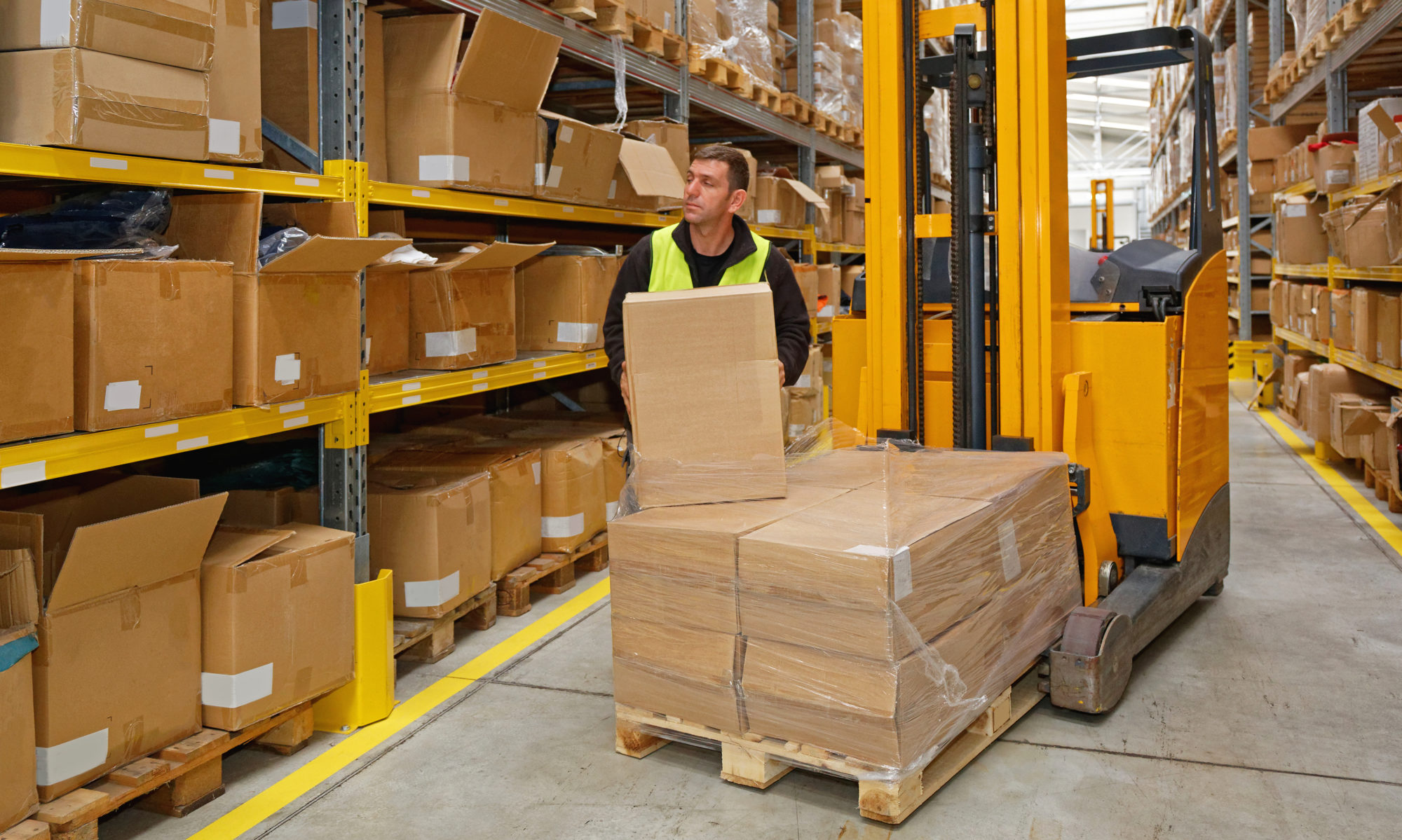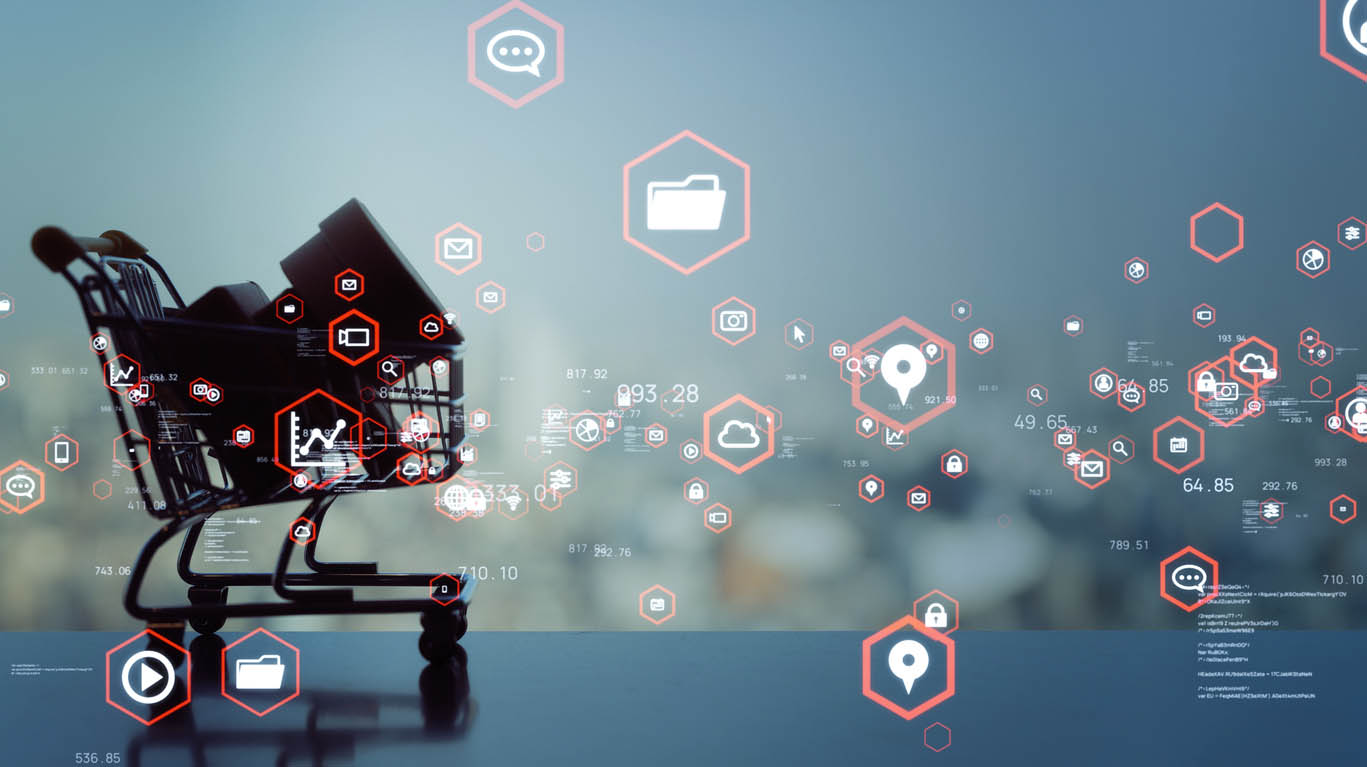The rise of eCommerce and virtual storefronts has made 3PL a popular buzzword. Is a 3PL the solution to your operational challenges? Here’s a look at what a 3PL can and can’t do and how to make the right choice for your business.
What Is a 3PL?
Simply put, a third-party logistics company, commonly referred to as a 3PL, handles a wide range of services that make up the supply chain. This generally includes operational functions before and after the sale, such as warehousing, transportation and order fulfillment.
A business can outsource their entire operational “department” to a 3PL or engage the 3PL only for specific functions. According to a study by research and consulting firm Armstrong & Associates, Inc., as much as 86 percent of domestic Fortune 500 companies use a 3PL for an average of just under three different services.
Why Use a 3PL for Shipping and Fulfillment
• When you turn operations over to a 3PL, it frees you up to focus on sales, which is the lifeblood of your business.
• Money you don’t spend on warehouse space and staff can be invested in other areas of your company. In addition, 3PLs can negotiate much better rates with freight carriers than you can as a small or mid-size independent retailer.
• With same-day and next-day shipping becoming the norm rather than the exception, a 3PL’s expanded distribution network allows you to meet customer delivery expectations.
• While the 3PL handles shipping, you are still the face of the company and so retain control over your brand.
• You can leverage the locations of the 3PL warehouse to your benefit. For example, Medallion has an East Coast and a West Coast location – allowing for fast shipping nationwide when you store merchandise at both locations.
• Hiring a 3PL can be made easy when using the right partner. Even small businesses can benefit from using a 3PL partner such as Medallion Fulfillment – who has a special program for startups.
Tips for Choosing the Right 3PL Partner
1. How will you find the answer if you don’t know what the question is? Define your needs and expectations and how you will measure them. You’re sure to come across a few 3PLs that are perfectly fine providers, but if you’re not on the same page, a partnership is pointless.
2. Do some due diligence regarding potential 3PL providers. How long have they been in business? Are they financially stable? What does their performance over the last few years look like? If you commit to a 3PL and they suddenly go sideways, the whole bottom could drop out of your own business.
3. What is the 3PL’s reputation in the business community? Social media and online review sites make it easier than ever to get “word of mouth” reports on companies from a customer’s perspective. You can also solicit recommendations from your peers who may have experience with various 3PLs.
4. Does the 3PL demonstrate a willingness to address customer service issues? Some providers feel no responsibility to go outside the bounds of their specific duties. When a 3PL works with you to solve problems, that indicates desire to be a true partner.
5. Technology continues to progress at a rapid pace. Is the 3PL keeping up with current advancements, or are they content to hobble along on an outdated platform?
6. Where do you expect your company to be next year? In five or 10 years? Look for a 3PL provider that can scale along with you.
Coast-to-Coast Warehousing and Fulfillment Services
Medallion Fulfillment and Logistics has what it takes to be the right 3PL partner for your needs.
Whether you’re a small startup or a thriving eCommerce vendor, we have a program that fits your needs, including our innovative Amazon replenishment warehousing service.
Contact Medallion Fulfillment & Logistics to learn more our customized fulfillment options.





